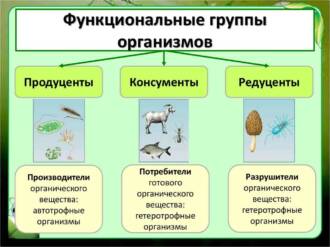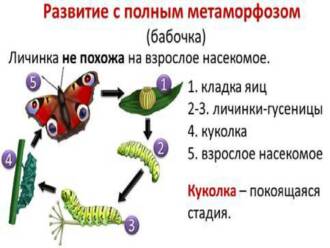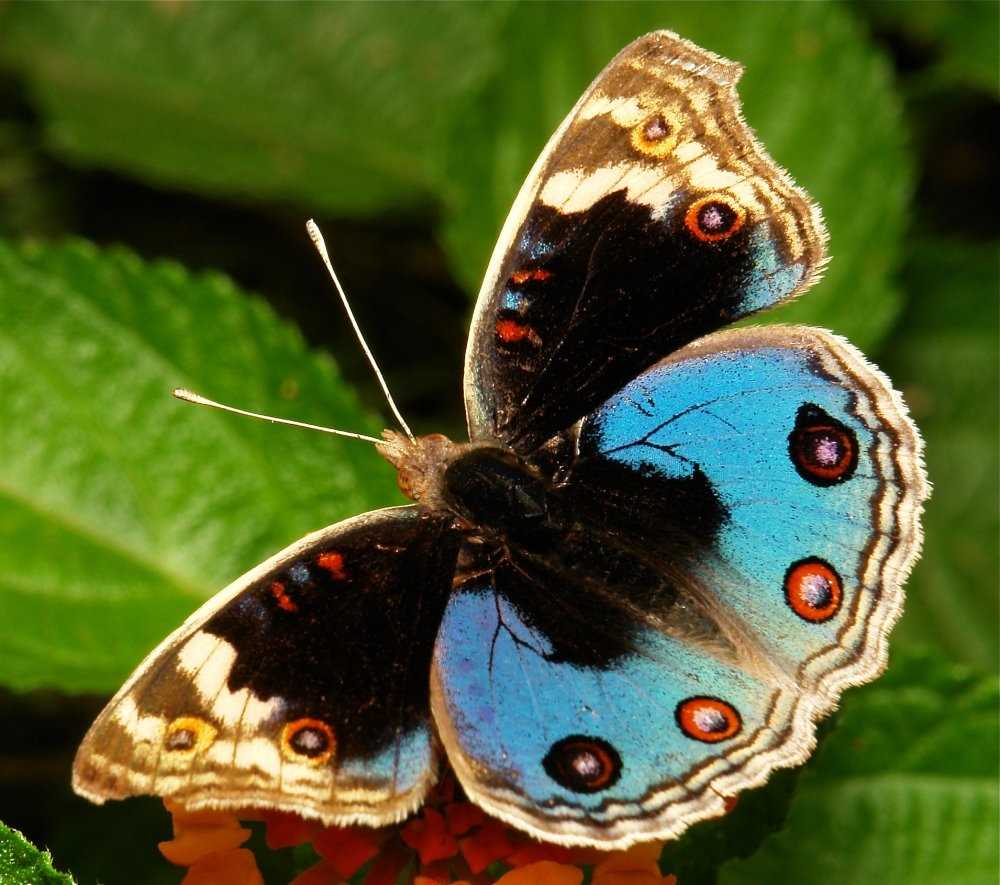
Butterflies are some of the most beautiful and mysterious creatures on the planet. Their wings are decorated with the most vibrant and varied colors, and their shapes and patterns are amazing. Butterflies represent a huge variety of species that live in different parts of the world, from tropical forests to polar regions.
It is interesting that butterflies go through an amazing transformation - metamorphosis. From an egg they turn into a caterpillar that feeds on vegetation and grows, then it forms a chrysalis, in which changes occur and turns into a beautiful butterfly. This process is one of the most amazing and mysterious in the world of nature.
Learn everything about butterflies, from their diversity of species and attractiveness to their life cycle. Share with us the amazing world of these winged creatures and enjoy photographs of the most beautiful and exotic butterflies from around the world.
The beauty and diversity of the world of butterflies: interesting facts and photographs
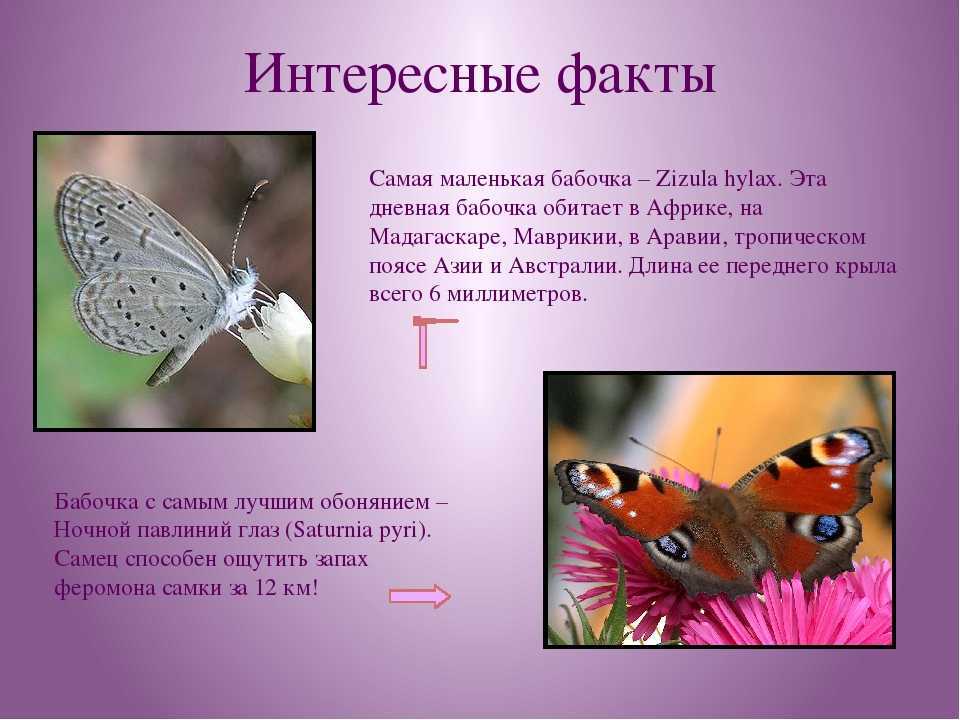
Butterflies are some of the most beautiful and amazing creatures of nature. Their diversity amazes the imagination, and their colorful wings attract the attention of people from all over the world.
Fact 1: Butterflies are insects of the order Lepidoptera. They have two pairs of wings covered with small scales, which give them brightness and beauty.
Fact 2: There are approximately 160,000 species of butterflies, each with its own unique coloration and wing pattern. Some butterfly species may have bright colors and unusual patterns that help them camouflage or ward off predators.
Fact 3: Butterflies go through four stages of development: egg, caterpillar, pupa and adult butterfly. During their lives, butterflies play an important role in pollinating flowers and distributing plants.
Fact 4: Some butterfly species migrate long distances. For example, monarch butterflies migrate from northern North America to Mexico every year, covering a distance of up to 4,000 kilometers.
Fact 5: Butterflies are a symbol of beauty, lightness and transformation. Their images are often used in art and decoration, as well as in the symbolism of various cultures and religions.
Fact 6: Photographing butterflies is a true art. To capture their beautiful wings and unique details, a photographer must be patient and attentive. Many photographers around the world devote their time and effort to capturing the beauty of the butterfly world.
Putting all these facts together, we can see that the world of butterflies is a wonderful and diverse place, where each species has its own uniqueness and beauty. Studying their world helps us better understand and appreciate the richness of nature.
Amazing variety of species

The world of butterflies amazes with its amazing diversity of species. There are more than 180,000 known species of butterflies, and scientists discover new ones every year. They differ not only in the shape and color of the wings, but also in various structural features.
Some butterfly species have large wings with bright colors that serve to attract the attention of males or to ward off predators. Other species, on the contrary, have small, inconspicuous wings, which helps them hide from enemies.
Some butterflies have long proboscis, which they use to feed on flower nectar. Other species feed on plant sap or fruits. There are also butterflies that feed on the leaves and stems of plants.
In addition, butterflies have different methods of defense. Some species have ocellated spots on their wings to distract predators. Other species have toxic substances in their bodies that protect them from enemies.
Multi-colored wings and their meaning
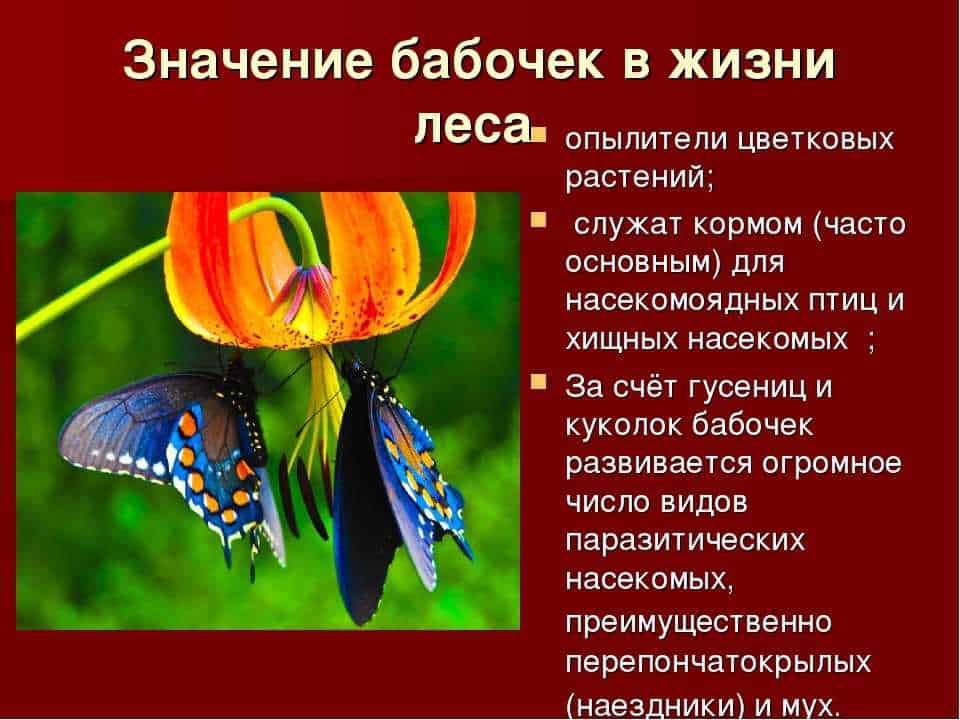
Butterflies are some of the most beautiful creatures on the planet thanks to their bright and colorful wings. Each color on their wings has its own meaning and plays a specific role in their lives.
The meaning of red
Red color on the wings of butterflies symbolizes passion, energy and strength. It attracts the attention of other individuals and serves as a signal to partners that they are ready to reproduce.
Blue Color Meaning
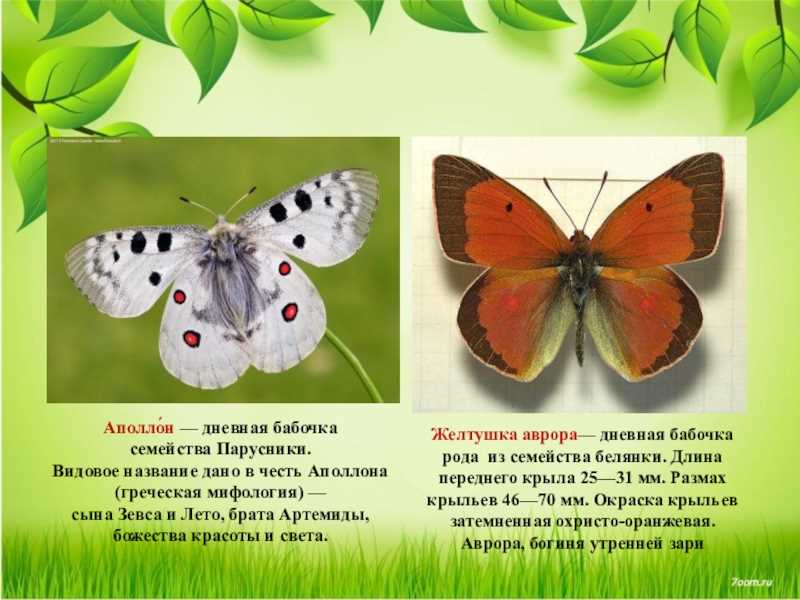
Blue color on the wings of butterflies is associated with sky and water. It symbolizes calm, harmony and freedom. Blue butterflies are considered a symbol of happiness and good luck.
The meaning of yellow
Yellow on the wings of butterflies is associated with brightness, joy and optimism. It attracts attention and serves as a signal to other individuals about the presence of food or danger.
Green color meaning
Green color on the wings of butterflies symbolizes nature, growth and renewal. It helps butterflies blend in with their environment and protect themselves from predators.
Thus, each color on the wings of butterflies has its own meaning and plays an important role in their life. They use the beauty and variety of their wings to attract mates, signal their status, and survive in their environment.
Methods of protection and camouflage
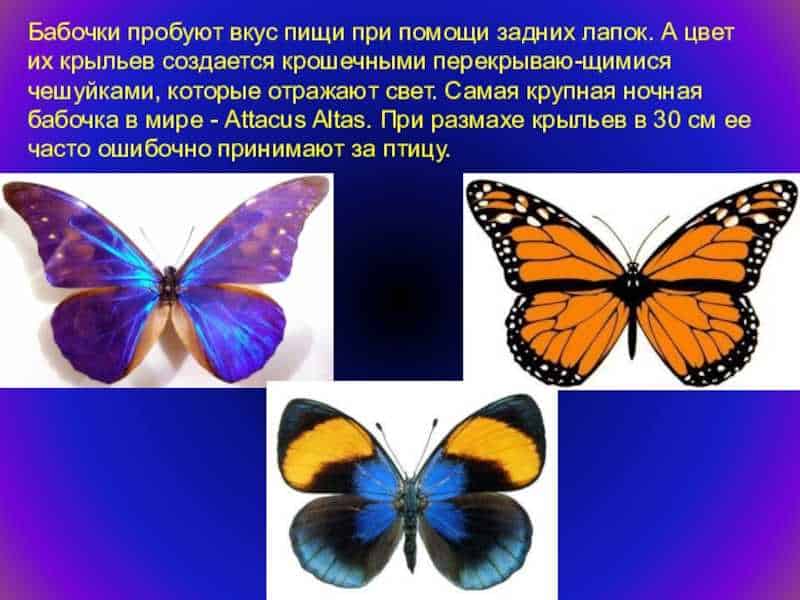
Butterflies have various methods of defense and camouflage that allow them to survive in environments where they are hunted by many predators.
Coloring
One of the most common methods of camouflage among butterflies is the coloring of their wings. Many species of butterflies have bright and colorful patterns that allow them to blend into their surroundings or effectively camouflage themselves on certain plants. Butterflies can imitate the colors of leaves or flowers to become invisible to predators.
Crypsis
Crypsis is a method of camouflage in which butterflies mimic their surroundings to become invisible to predators. Some species of butterflies have wings with mimicry patterns and colors to blend into their surroundings and become undetectable to their enemies. They may mimic leaves, tree bark, or even birds to fool their predators.
Abstraction
Some butterflies may use distraction to escape predators. They can imitate eyes on their wings to distract the attention of a predator and allow them to escape. This method of defense allows the butterfly to survive and avoid attacks from predators.
Protective signs
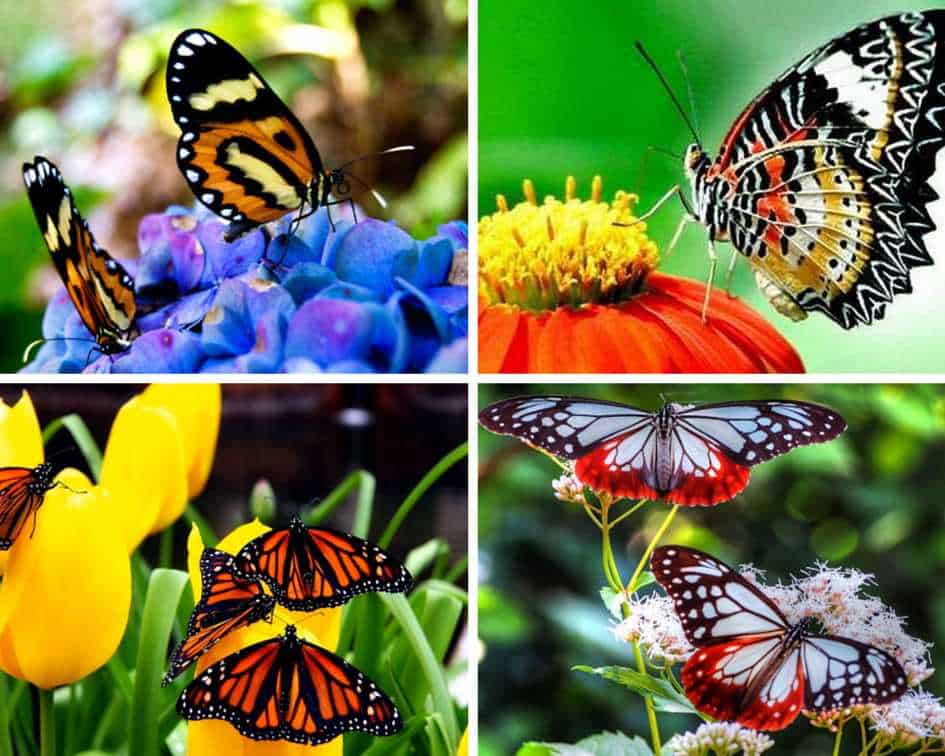
Some butterflies have defensive characteristics that warn predators that they are poisonous or unsuitable for food. They may have bright colors or shades that serve as a signal to predators that the butterfly is dangerous or inedible. This protects them from attack and allows them to survive.
All these methods of protection and camouflage allow butterflies to survive in an environment where they are constantly under threat. They are excellent examples of adaptation to their environment and demonstrate the amazing beauty and diversity of nature.
Life cycle features

The life cycle of butterflies includes several stages, each of which has its own characteristics.
1. Egg. Butterflies lay their eggs on plants that will serve as food for the larva. Eggs can come in different sizes and shapes, depending on the type of butterfly.
2. Larva. The egg hatches into a larva or caterpillar. It actively feeds and grows, passing through several larval stages. The larva can come in a variety of colors and shapes, but is usually quite small and unattractive.
3. Doll. After passing through all the stages of the larva, it turns into a pupa. The pupa usually has a protective shell that allows it to remain safely in the environment. Metamorphoses occur inside the pupa, as a result of which the future butterfly is formed.
4. Adult butterfly. Once the transformation process is complete, the butterfly hatches from the pupa. She has wings that allow her to fly and search for food. Butterflies have a variety of colors and patterns on their wings that help them camouflage or attract mates.
Thus, the life cycle of butterflies is an amazing process of transformation, from egg to adult butterfly.
Butterflies and their importance to the ecosystem
butterflies are important members of the ecosystem and play a significant role in maintaining biological balance. They are pollinators of many plants, which contributes to their reproduction and conservation of biodiversity.
First, butterflies transfer pollen from one flower to another as they search for food. This helps plants pollinate and produce seeds. Without the participation of butterflies, many plants will not be able to reproduce, which will lead to their disappearance and disruption of the ecosystem.
Secondly, butterflies provide food for many other animals such as birds, frogs and lizards. They are an important link in the food chain and maintain balance in the ecosystem. If butterflies were to disappear, it could lead to an imbalance and a threat to other animal species.
In addition, butterflies also play the role of indicators of ecological status. Changes in butterfly abundance and diversity may indicate climate change, pollution and loss of natural habitats. Their disappearance may serve as a warning of environmental problems that require immediate intervention.
Overall, butterflies are important members of the ecosystem and their conservation is essential to maintaining balance in nature. We must respect their role and take action to preserve their numbers and diversity.
Interesting facts about butterflies
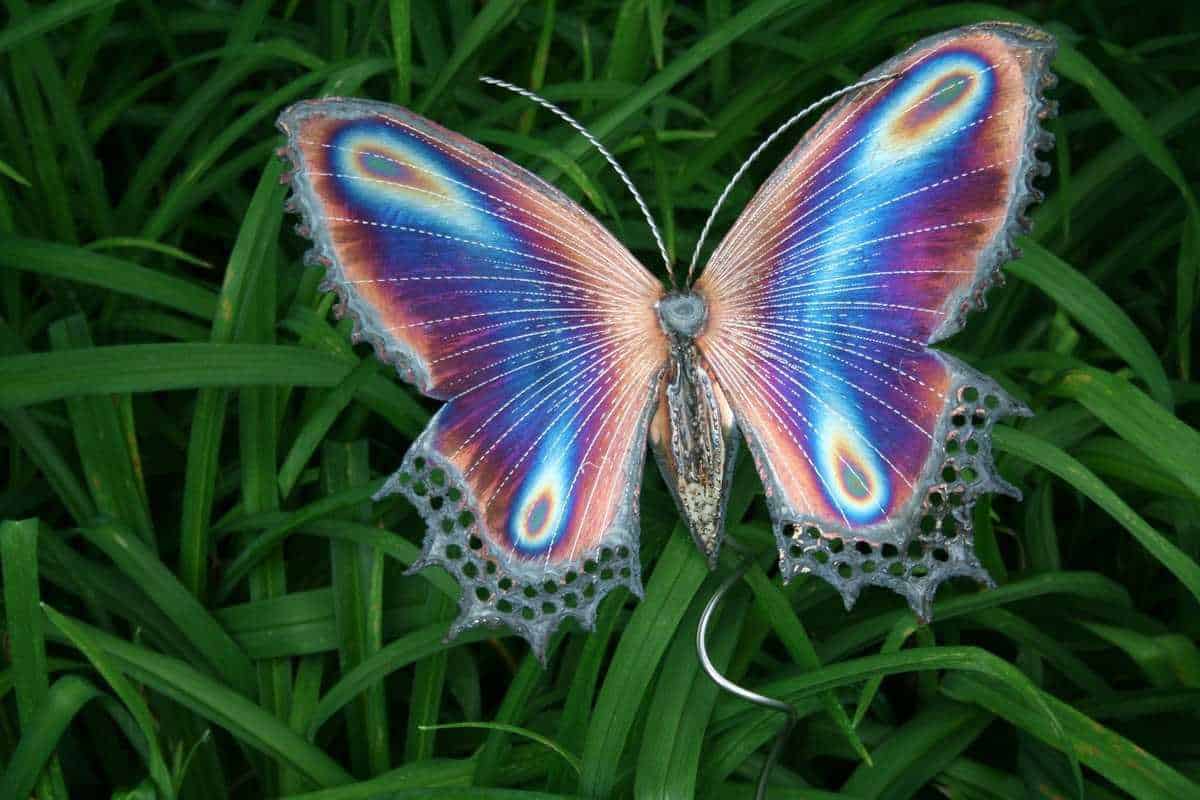
Butterflies are one of the most beautiful creatures in nature. Their diversity is amazing: the colors, shapes and patterns on the wings of butterflies are very diverse.
Butterflies are insects belonging to the order Lepidoptera. They have two pairs of wings covered with small scales, which give them a bright and colorful appearance.
Butterflies go through a process of metamorphosis. They begin life as an egg, then develop into a caterpillar, which gradually grows and develops, feeding on vegetation. After this, the caterpillar forms a pupa, in which the transformation of an adult butterfly occurs.
Male and female butterflies may differ in appearance. Some butterfly species only have bright colors on the males, who use them to attract females.
Butterflies may have defense mechanisms. Some species of butterflies have special colors that help them hide against the background of their environment or scare off a predator with their brightness. Also, some butterflies can secrete disgusting or poisonous substances to scare away enemies.
Butterflies play an important role in the ecosystem. They are important plant pollinators, transferring pollen from one flower to another and facilitating their reproduction. Without butterflies, many plants will not be able to bear fruit.
There are a huge number of butterfly species. There are approximately 20,000 species of butterflies on Earth, and new species are being discovered all the time. Each butterfly is unique and has its own characteristics.
Butterflies can fly quite long distances. Some species of butterflies migrate long distances, covering hundreds and even thousands of kilometers. For example, monarch butterflies migrate from Canada to Mexico and back every year, covering a distance of about 4,800 kilometers.
Butterflies are sensitive to environmental changes. Due to their sensitivity to climate change and the destruction of their natural habitat, many butterfly species are at risk of extinction.
Butterflies are important in culture and symbolism. They are associated with beauty, lightness and transformation. The butterfly is often used in art, literature and religious rituals as a symbol of change and spiritual transformation.
Photos of the most beautiful species of butterflies
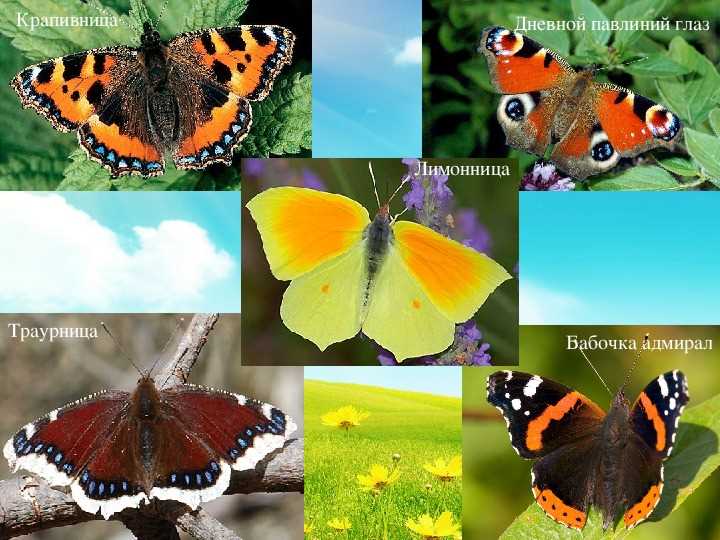
Butterflies are among the most colorful and graceful creatures in nature. There is a huge variety of butterfly species in the world, each with its own unique beauty.
Monarch - This is one of the most famous and beautiful species of butterflies. Its wings are orange and black with black outlines and white spots. Monarchs are known for their long migrations, during which they cover vast distances.
Jaundice Kralik is a small butterfly with bright yellow and black stripes on its wings. Its bright color serves as a warning to predators that it is poisonous. The yellowjacket is found in the tropical forests of South America.
Peacock-eye is a butterfly with wings that resemble a peacock's tail. They come in vibrant blues, greens and purples that sparkle in the sun. Peacock-eyes live in tropical regions of Africa and Asia.
Midnight Moon - This is one of the largest butterflies in the world. Its wings are pale yellow in color and covered with dark spots and stripes. The midnight moon is found in the tropical forests of South America and Africa.
Heliconia - This is a type of butterfly with bright wings, on which multi-colored stripes and patterns are depicted. They live in tropical areas of America and Africa. Heliconias are one of the most popular subjects to photograph due to their vibrant colors.
This is just a small part of the most beautiful butterfly species that can be found in different parts of the world. Watching them and photographing them is a fun and exciting activity that allows you to enjoy the beauty and diversity of nature.


